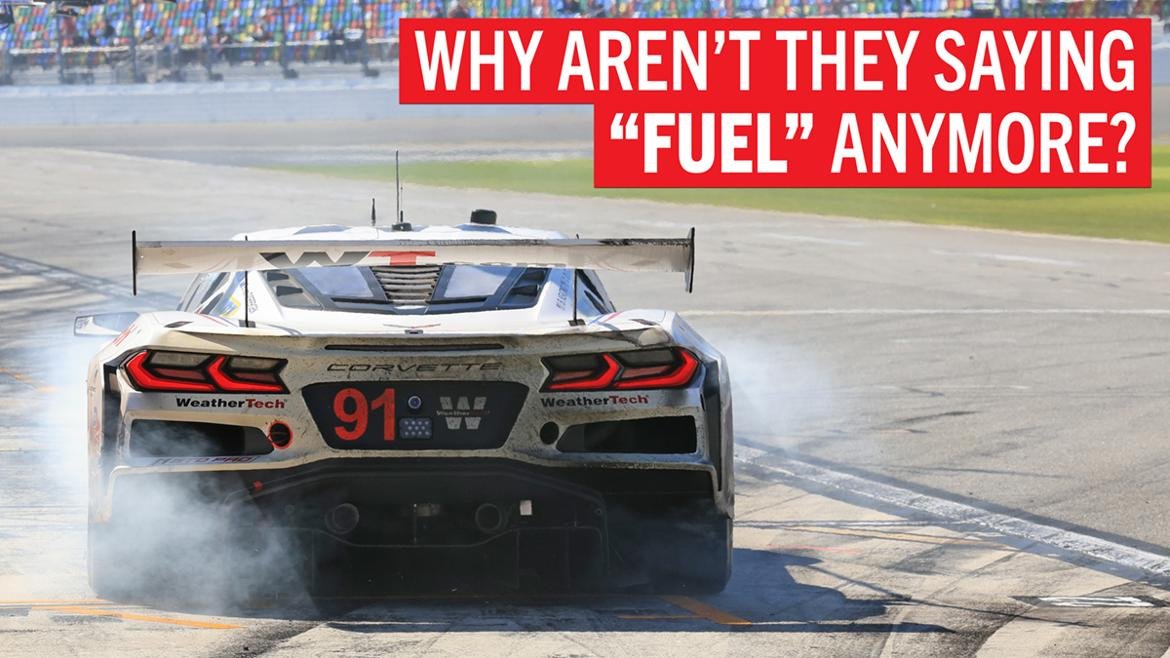
These watching any portion of the Rolex 24 on tv didn’t hear a somewhat acquainted phrase talked about: gas.
Whereas some simply dismissed this language as greenwashing the game, there’s a wonderfully affordable rationalization for the change in terminology that makes “power” a much more applicable descriptor.
That rationalization begins with torque sensors, which have been beforehand put in solely on GTP vehicles however at the moment are a part of the usual throughout the IMSA WeatherTech SportsCar Championship courses. These load-based torque sensors, which, based on Stu Brumer of Turner Motorsport, price round $60,000 to combine right into a GTD automobile, decide up the rotational pressure of a drive axle. Consider them as tiny, onboard dynos.
A torque sensor from a earlier yr’s Acura GTP race automobile. Images Credit score: J.G. Pasterjak
These sensors are the important thing to how IMSA now regulates the last word vary of the vehicles. As a substitute of itemizing a given gas capability within the rulebook, every automobile’s spec line now has its most stint power expressed in megajoules. That’s the overall quantity of power every automobile can expend, as measured by the torque sensor, earlier than it has to go to the pits.
The specs additionally categorical a most power replenishment price in MJ/sec. for every automobile.
Within the case of the GT3-based GTD discipline, in addition to the LMP2 vehicles, all of that power is at the moment being produced by combustion engines. However within the case of the hybrid GTP vehicles that even have an extra 240 horsepower of electrical propulsion through a spec hybrid drive system, they tackle not solely liquid gas however electrical power throughout their stops.
And whereas these hybrid drives are spec items, their integration and software program are as much as the constructors to determine for themselves. The trick right here is that any power recovered throughout a stint goes again into the power financial institution–consider it as promoting the rear seats out of your $2000 Challenge automobile each time you coast or hit the brakes. So a profitable technique for restoration of that kinetic power can prolong a stint, which could possibly be very useful in IMSA’s endurance format.

Observe that every one these calculations have been tuned to lead to very related motion to what we’re used to. On-track stints are nonetheless within the 45-to-55-minute vary relying on how aggressively the groups are pushing the vehicles, or how effectively the groups are operating an power restoration technique within the case of GTP, and IMSA nonetheless desires full replenishment of power–what we used to name a full gas fill–to return in across the 40-second mark.
And sure, GTD and LMP2 vehicles are nonetheless simply utilizing liquid dinosaurs. So talking of “gas” in these circumstances would nonetheless be applicable.
However the way in which the rules are written now, utilizing “power” can be a extra apt descriptor, since that’s what’s truly getting used because the metric by the stewards. They don’t actually care how a lot gasoline you set in your BMW M4 GT3, for instance, however you may solely produce a lot energy over the course of a whole stint.
So don’t consider the usage of the time period “power” as greenwashing by IMSA announcers, however somewhat as a extra specialised and extra correct strategy to describe the refueling course of that higher displays what IMSA is definitely regulating throughout competitors.
Feedback
Displaying 1-1 of 1 feedbackView all comments on the GRM forums
You will have to log in to submit.
Trending Merchandise





